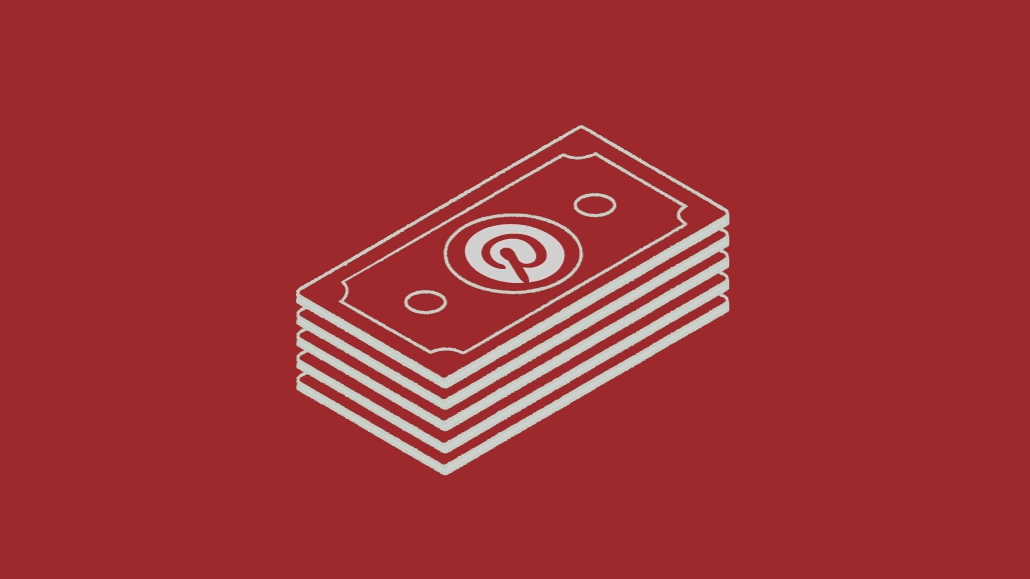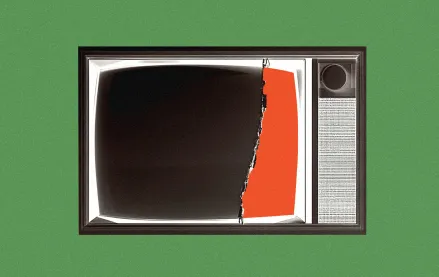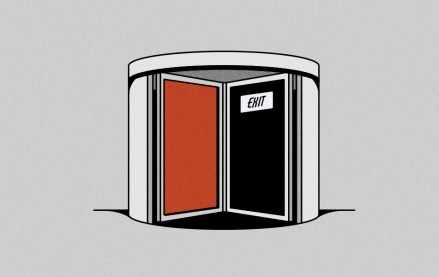As Pinterest improves ad platform, advertisers continue to increase spend

As a Digiday+ member, you were able to access this article early through the Digiday+ Story Preview email. See other exclusives or manage your account.This article was provided as an exclusive preview for Digiday+ members, who were able to access it early. Check out the other features included with Digiday+ to help you stay ahead
Pinterest is still a minor line item on most media plans, but agency execs say that could change fast if its ad platform keeps evolving.
Five ad buyers told Digiday their clients’ PInterest budgets remain small. None offered exact figures but the direction of travel is clear. Even with modest spend, momentum among buyers is building.
“For those where it [Pinterest] is part of the plan, we’ve seen investment levels range from 0.50% to 11% of their budgets over the past year or so,” said Andrew Richardson, senior vice president, advanced analytics and measurement at New Engen.
It’s a similar story for Basis Technologies’ clients. “Our average spend on Pinterest is in the low single digit percentage of the overall social ad spend we activate for clients,” confirmed the agency’s vp of social media solutions, Courtney Shaw. “It is, however, continuously increasing each year.”
Pinterest’s Q1 earnings echo that trend: the platform pulled in $855 million, a 16% year-on-year jump. CEO Bill Ready pinned the growth on the platform becoming more appealing to a broader swathe of advertisers — those focused on performance, not just branding.
“Some of the most sophisticated performance marketers in the world are spending 5% to 10% of their advertising budgets on Pinterest as they lean into our lower funnel tools and the improved performance in the form of increased clicks and conversions that we are delivering,” revealed Pinterest CEO Bill Ready during the platform’s Q1 2025 earnings call.
As Enders Analysis’ senior research analyst Jamie MacEwan put it, direct response is over 60% of online ad spend, and focusing on the technology and partnerships to cater to this demand is a recurring theme across ad platforms. Pinterest’s own efforts, which span improvements to its visual search capabilities as well as launching its own AI-campaign tool Performance+, are starting to bear fruit.
“I think Pinterest’s technology advances will increase spend,” said Danielle Schultz, associate director of performance media at Collective Measures.
Still, breaking into the lower funnel this late was always going to be a tough climb for Pinterest. It’s not just playing catch-up, it’s going up against heavyweights like Meta, whose AI-driven Advantage+ platform is widely seen as one of the sharpest tools in the performance marketing shed.
“Our levels of spend on Pinterest are very low, because we tend not to get great direct response performance from it or view it as a particularly strong brand/upper funnel channel,” said Chris Rigas, vp of media at Markacy. “Their user base and user behavior within the platform falls short of what you can get on the bigger players like Meta and Google.”
So it’s no surprise that Pinterest budgets, even in the best cases, top out around 25% of what marketers typically spend on Meta. Rigas, for example, noted that his clients Pinterest budgets tend to be around 10% of their Meta budgets.
Additionally, Richardson explained that his clients’ Pinterest budgets range from 5% up to 50%, comparatively. “A brand might have 30% of their budgets going to Meta, and 3-15% of their budgets going to Pinterest,” he said.
Schultz shares a similar take. “In cases for brands which are driven by online leads, or longer purchase cycles, Pinterest budgets tend to be 25% of what Meta budgets are, or less,” she said.
Which raises the question: how does a tier-two player like Pinterest even compete with a tier-one juggernaut like Meta? Or maybe the smarter move is not to compete at all.
“As a walled garden, Pinterest doesn’t have the scale to prioritize an owned and operated ad environment in the same way that Meta and Google have done,” said Thomas Thomson, ad tech research lead at Omdia. “Partnering with scaled ad tech vendors should be a core focus to broaden its reach.”
The Information reported last month that Pinterest had been on a quest to buy an ad tech platform in January, but the platform stopped those plans in their tracks. Instead of handing over hundreds of millions of dollars to one of five firms being considered at the time, Pinterest had also been testing partnerships with Index Exchange and Criteo since Q4 2024. And this has since turned into an official partnership with Magnite, which was announced during its latest earnings.
“We’ve been testing with multiple providers to open up access, and we’ve decided to work with Magnite, a leading SSP, as our next partner to help us aggregate smaller sources of demand,” Ready commented on the latest earnings call. He added that despite speculation, the platform isn’t partnering with any other SSPs in the near future, “but we do think this helps us to aggregate more of those sources of demand from other players through our Magnite partnership.”
Given Pinterest’s scale, partnerships seem like the right path. After all, jumping in and buying a platform before seeing how well it might work could become an expensive lesson.
“Building or running ad tech is complex and resource-heavy, and Pinterest doesn’t yet have the same scale or internal muscle as the giants do,” said Karsten Weide, principal and chief analyst at W Media Research. “For many advertisers, the convenience of existing DSPs is hard to beat — and forcing them into a new tool could create friction.”
Right now, Pinterest needs to open up its inventory, but not alienate those advertisers which are comfortable with how the platform operates, and sticking with their core goal. Using partnerships is a way to dip their toe into those ad tech waters, without fully committing to another hefty investment to bring that functionality in house — which in itself brings its own set of challenges.
“If they [Pinterest] get into ad tech with a clear goal of monetizing their own data and O&O and providing closed loop measurement, that’s sound,” said Shiv Gupta, founder of U of Digital. “Getting into the pure-play ad tech game and competing with the likes of Google / Amazon / The Trade Desk etc. to monetize the entire open web outside of their own assets seems like a bad bet.”
More in Marketing

Pitch deck: How Amazon is recasting Twitch as a core part of its CTV pitch
Amazon is positioning Twitch as a defining asset in its CTV ambitions.

Netflix transforms former mall department stores into experiential venues
The location in Dallas opens this week, and one at the King of Prussia mall near Philadelphia opened last month.

Future of Marketing Briefing: AI has created a new talent paradox in programmatic agencies
The job isn’t execution anymore. AI handles that. The job is judgement.







